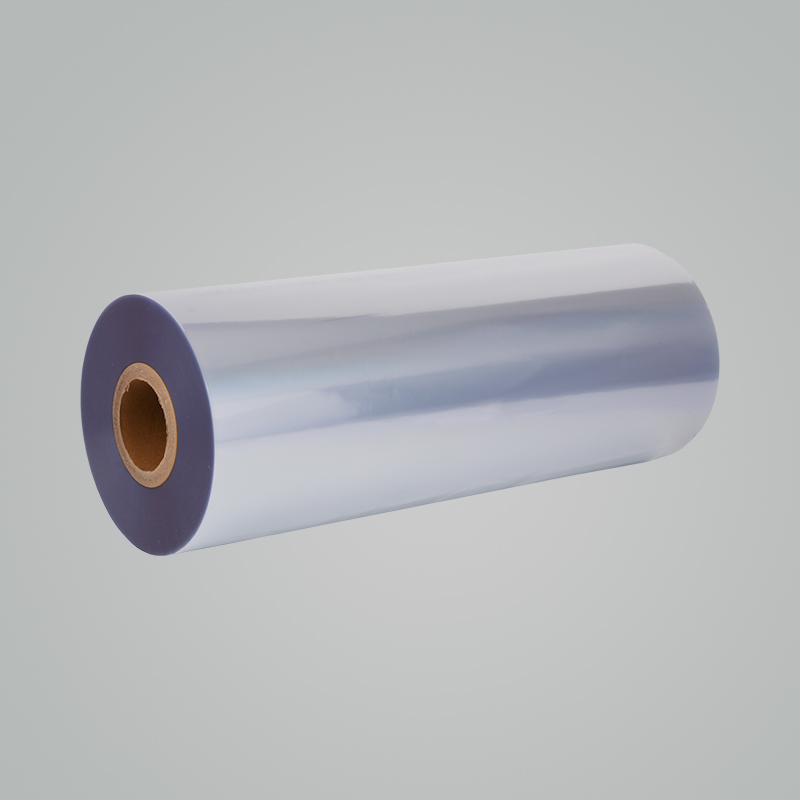To minimize material migration when using
cast PVC shrink film for food packaging, it's essential to follow best practices and choose materials that are designed to be food-safe. Material migration can occur when substances from the packaging material leach into the food, potentially causing safety concerns. Here are steps to avoid material migration to the greatest extent:
1. Select Food-Grade PVC Shrink Film:
Ensure that the PVC shrink film you use is explicitly labeled as "food-grade" or "food-safe." These films are manufactured with materials and additives that meet regulatory requirements for food contact.
2. Choose PVC Films with Low Migration Potential:
Look for PVC shrink films specifically designed with low migration properties. These films are formulated to minimize the transfer of chemicals or substances from the packaging material to the food.
3. Verify Compliance with Regulations:
Confirm that the PVC shrink film complies with relevant food safety regulations and standards, such as those set by the U.S. Food and Drug Administration (FDA) or the European Food Safety Authority (EFSA).
4. Use Inner Packaging for Direct Food Contact:
When packaging food items that may come into direct contact with the film, consider using additional inner packaging layers, such as food-grade bags, pouches, or containers. This adds an extra barrier to prevent direct contact between the film and the food.
5. Minimize Heat Exposure:
Be cautious with heat exposure during the shrinking process. Excessive heat can increase the likelihood of material migration. Follow the manufacturer's recommended shrinkage temperatures and dwell times.
6. Avoid Heat Sources with Contaminants:
Ensure that heat sources used for shrinking the film are clean and free from contaminants. Any residue or foreign substances on the heat source can potentially transfer to the film and, in turn, to the food.
7. Check for Quality and Integrity:
Inspect the PVC shrink film for any defects, punctures, or tears before use. Damaged film may be more susceptible to migration issues.
8. Properly Label and Document:
Label the food packaging with all required information, including the name of the food product, ingredients, allergen warnings, and any relevant food safety certifications. Keep detailed records of the packaging materials and their compliance with food safety standards.
9. Conduct Migration Testing:
If you have concerns about material migration, consider conducting migration testing in a controlled environment to assess the potential transfer of substances from the film to the food. This can help identify and address any issues proactively.
